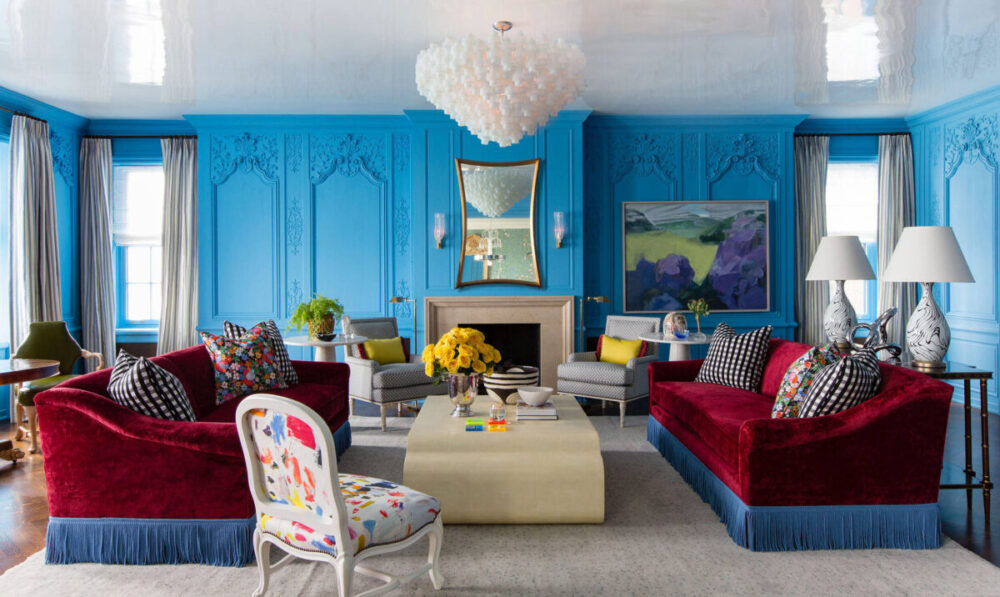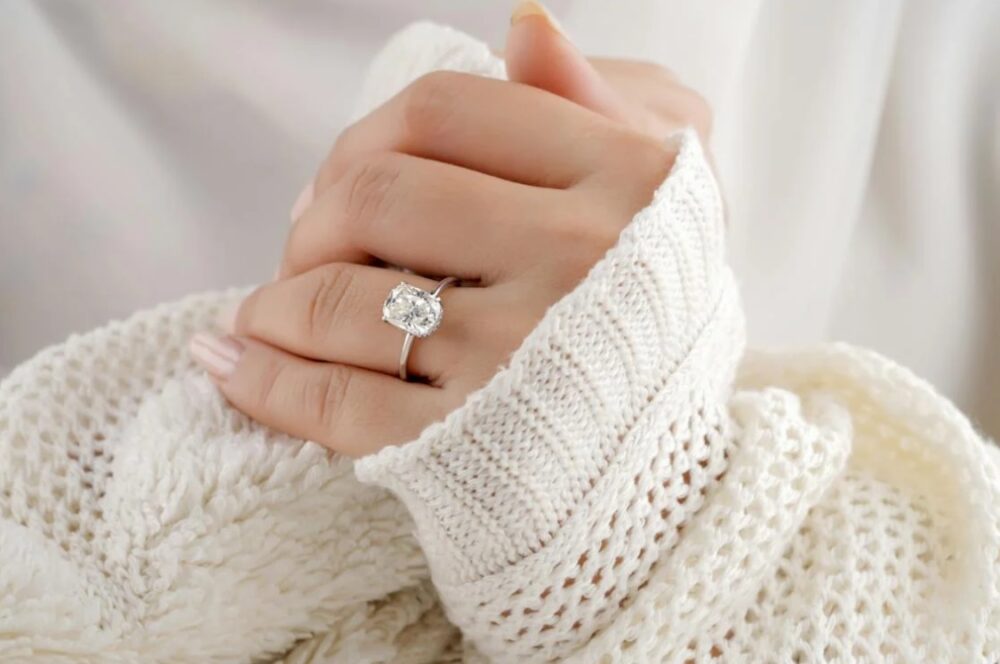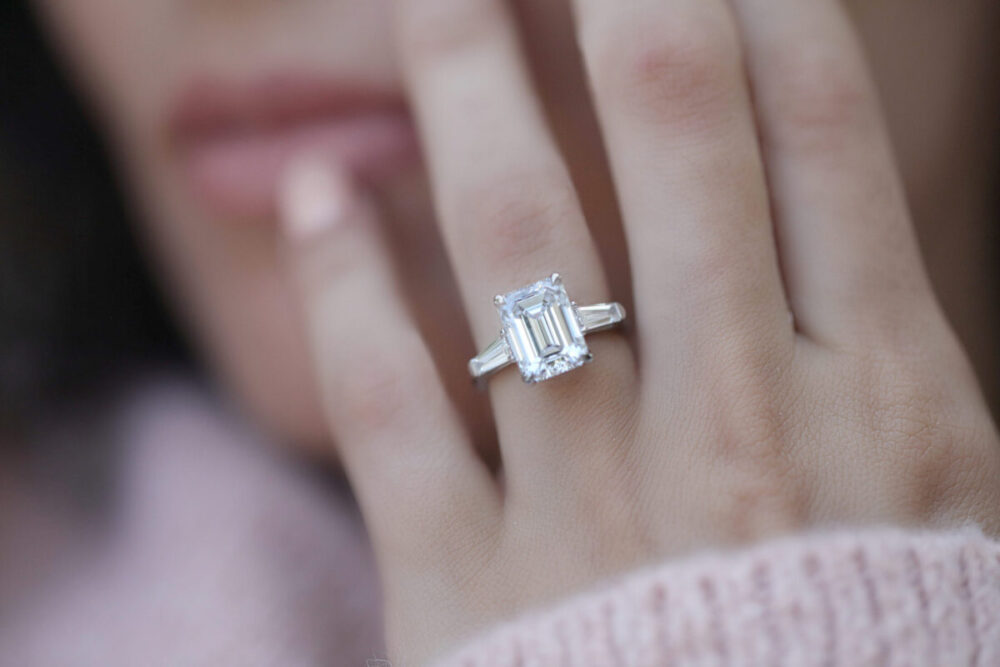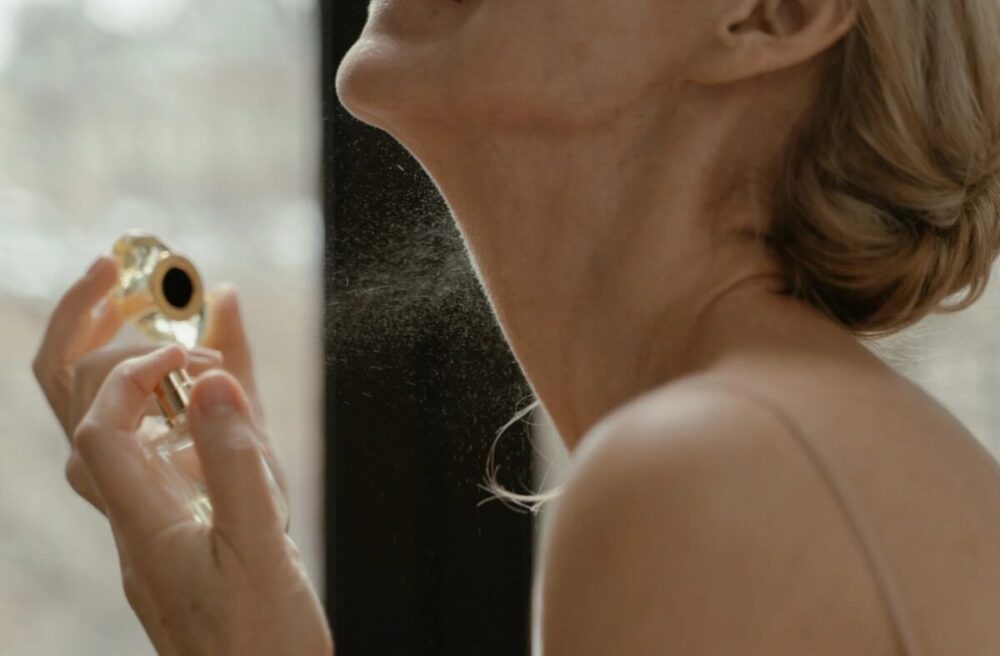Colors have a major role in the completion of your interior design. Whether you want a printed wall or a plain background, you cannot decide the shade that would look good. If you have tried experimenting with colors, you must know how difficult it is to mix and match them.
Furthermore, colors have a significant impact on our moods and behaviors. They can even alter our eating habits. Therefore, colors are considered a powerful design tool in designing. There is no doubt that people still have their personal requirements. They won’t leave everything on you. They might have a certain color that they like.
However, that problem is that the customers are not sure of the shade that would look good. This is for you to decide. For example, if a customer wants to have green color in his bedroom and asks for your suggestions, you won’t suggest a fresh green shade, will you?
Furthermore, if the requirements are out of order, you can make them understand. Or if possible, you can work on their idea while keeping the color theory in your mind. foyr.com further explains the color theory and how it is helpful in creating the perfect design.
Visit www.foyr.com and learn about color theory and the color wheel. This will help you out while designing your personal space. And if you are not good with colors, you can depend on the interior designer like those from Swiss Interior to decide for you.
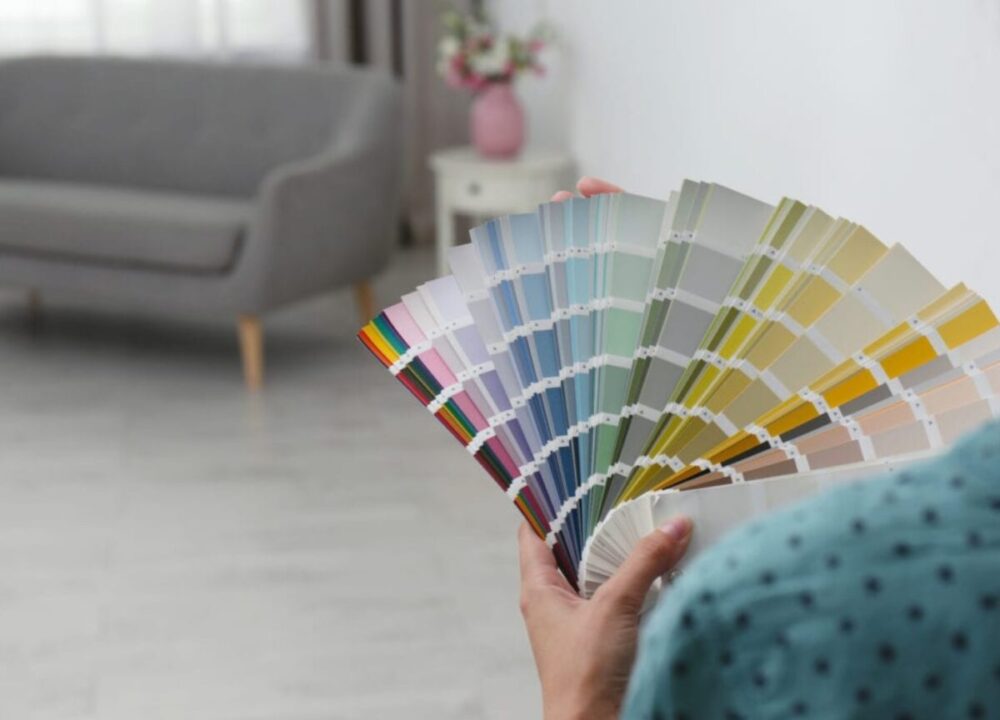
So what are color theory and color wheel?
This theory derives from the color wheel that determines the color combinations and final shades. There are specific standards and guidelines to follow. These rules allow the designer to make a perfect design. This is a complete science and if you are not good at it, you need to learn it. Otherwise, trust your designer.
The color wheel is a guide that will help you in making your decision. This wheel is made by following the VIBGYOR theory. And there are three categories in it.
1. Primary colors
The first one is the primary colors. They include Red, Yellow and Blue.
2. Secondary colors
The second category is of secondary colors that include Purple, green and red-orange. We get them after combining the primary colors in different ratios.
3. Tertiary colors
Then comes the third category that we get after combining primary and secondary colors in a 1:2 ratio. For example, Yellow-orange, Blue-green, blue-purple and red-purple. All these shades look amazing but have limited use. The right place and area are also quite important in deciding whether the colors would look good or not.
Here are some tips that will help you out in using color theory.
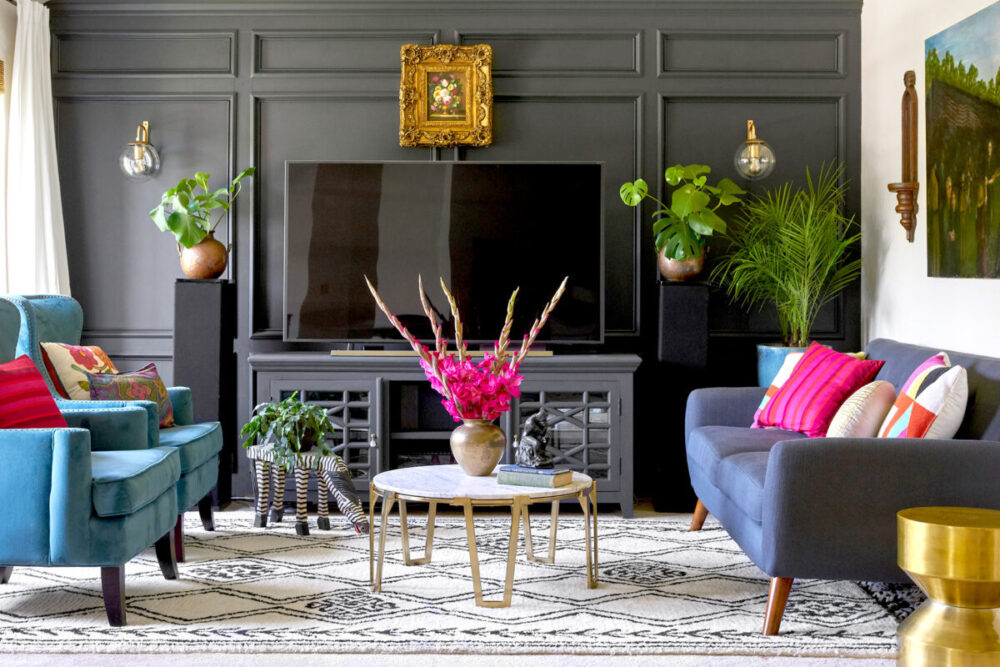
1. Pay attention to learning
The first and most important thing here is learning. Although designing and aesthetics are more about your instincts and gut feeling, but it is only for talented ones. People like us should follow science so that the design should not look awful.
There are a lot of things that combine to form the perfect design. These include the color wheel, colors schemes and temperatures and also combinations.
Schemes include whether you should go with monochromatic, complementary, split complementary, triadic or analogous colors.
Temperatures are two, warm and cool. If you want a relaxing factor in the area, you should go with cool colors. However, for an energetic feel and more for eating spaces, the best choice is warm colors.

2. Do not ignore the psychological impact
Colors evoke our emotions, they influence our mood and behaviors. Warmer colors are associated with happiness, love, anger and passion. So if you want an energetic touch, you should go with red, orange or yellow.
Likewise, the cool shades include white, blue and green. They induce calming effects and tranquility. Therefore, they are the best choice for hospitals. However, they are not limited to that only. You can have them wherever you want.
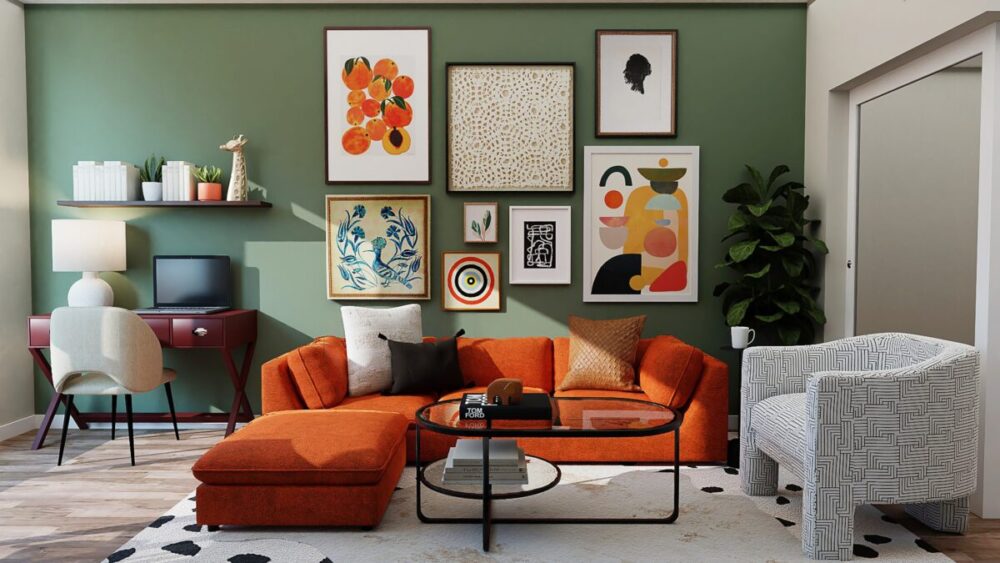
3. Pick one color first
The basic rule is to ask your client for what he wants. He will have a general idea or a favorite color of his choice. Say, for example, your client wants yellow color in his bedroom, what will you do? You cannot use a brighter tone here.
So the first thing is to make your client understand that yellow is not the color for bedrooms. However, it is possible that the client won’t understand this. So now you can only depend on the color wheel and schemes to manage it well. You can pick a shade and then use the color wheel to decide which colors will go well with yellow. You can mix and match them to make the design look perfect.

4. Mover vertically from shades
If you have to move from darker to lighter shades, you should do this vertically. For example, the client wants darker tiles for the floor. But you cannot make the whole room look like a black hole. If the floor tiles are in a dark shade, use medium to light tones for walls. This will not only make it look good but will also create an illusion and make the space look larger.
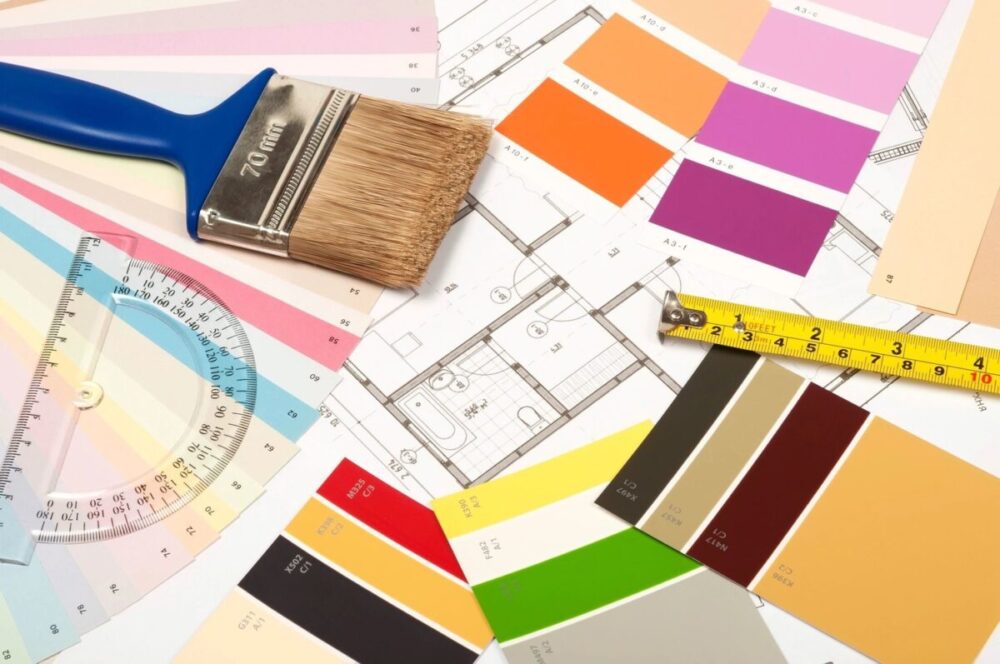
5. It is completely okay to go gray
Whether the client wants a simple design, a plush or modern or even Victorian style, gray is for all. In interior design, grey is considered the neutral color for all. Therefore, if you are stuck somewhere and have no choice left to choose, consider it. Apart from its neutral nature, it is also very trendy and goes well with other colors too.
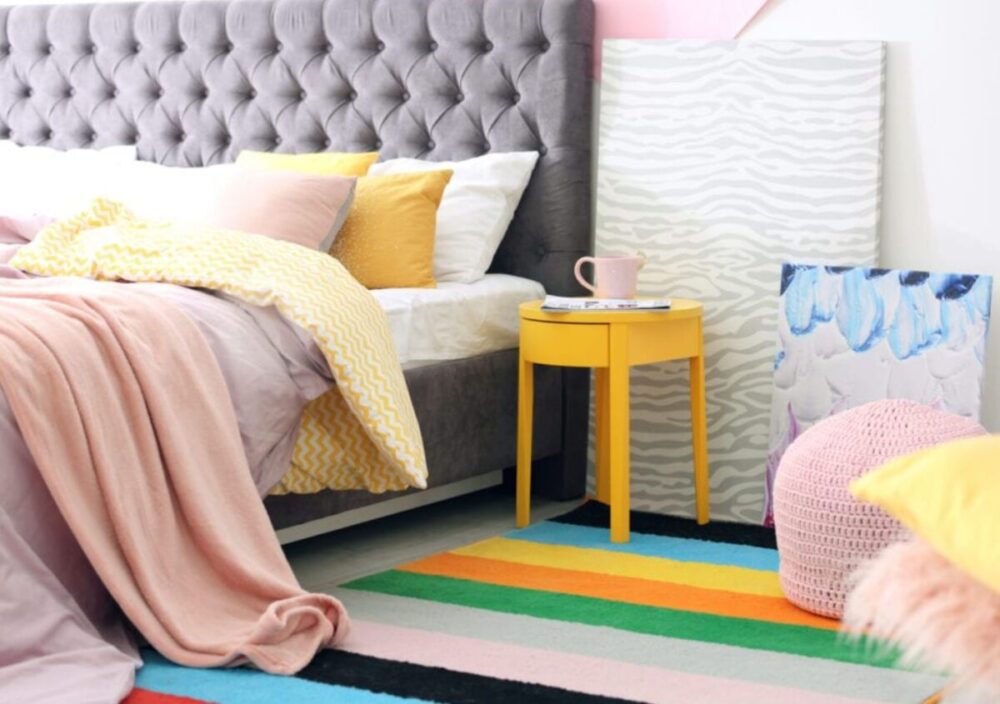
6. Complementary schemes
Complementary color schemes are the best for everywhere. Furthermore, if your client wants a simple design, this is also the best choice for them. This includes using colors and tones that will complement each other. For example, you decide to paint the walls white but it will be too plain. So you can color the borders or corners with any other color.

